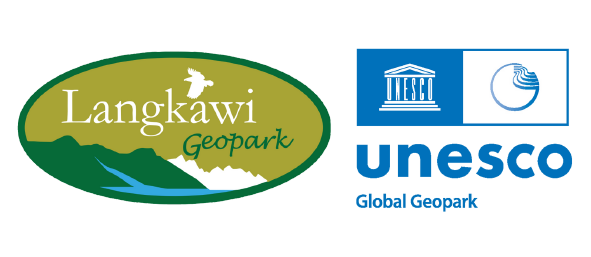Rock Formations
Conservation
THE ANCIENT ROCK WONDERS OF LANGKAWI
Langkawi is home to some of the oldest and most fascinating rocks in Malaysia, each telling a unique story of the Earth’s past.
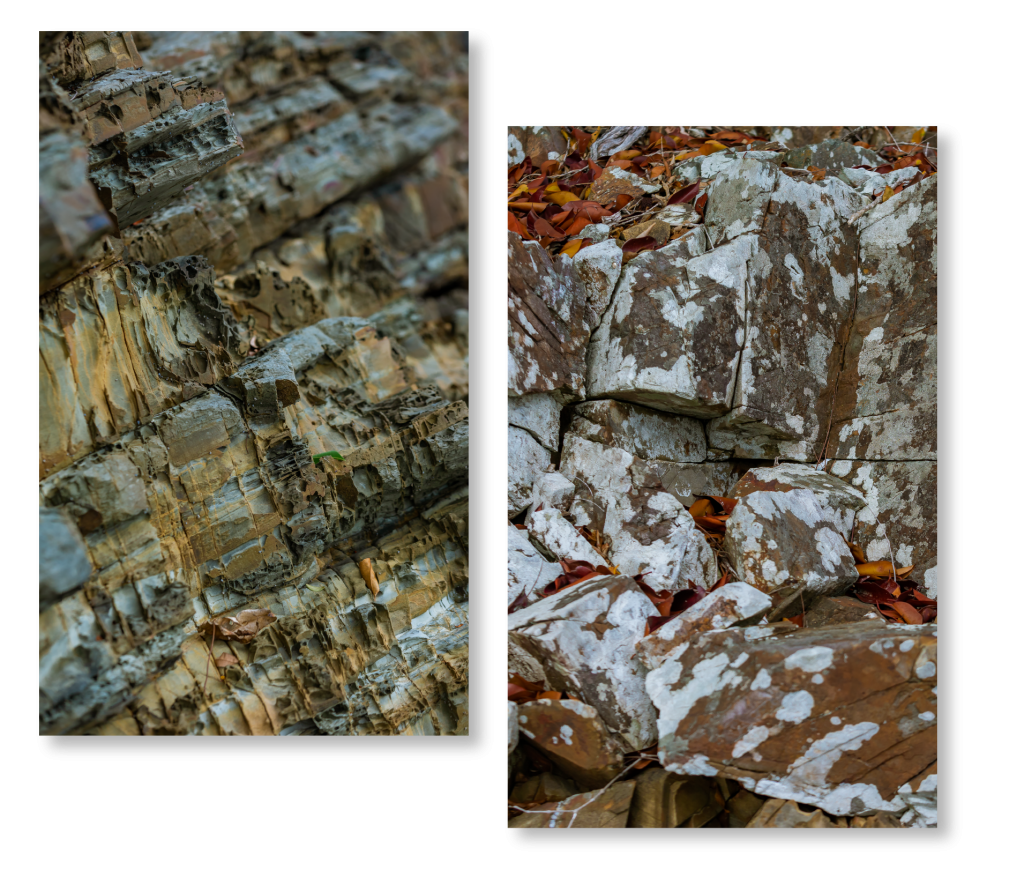
Machinchang Formation
- Age: Over 500 million years old (Cambrian period).
- Location: Northwest Langkawi.
- Description: These are Malaysia’s oldest rocks, made up of sandstone, shale, and mudstone. They were formed when ancient rivers and seas left behind sediments.
- Cool Fact: You can see ripple marks and even traces of ancient creatures like burrows and tracks in these rocks!
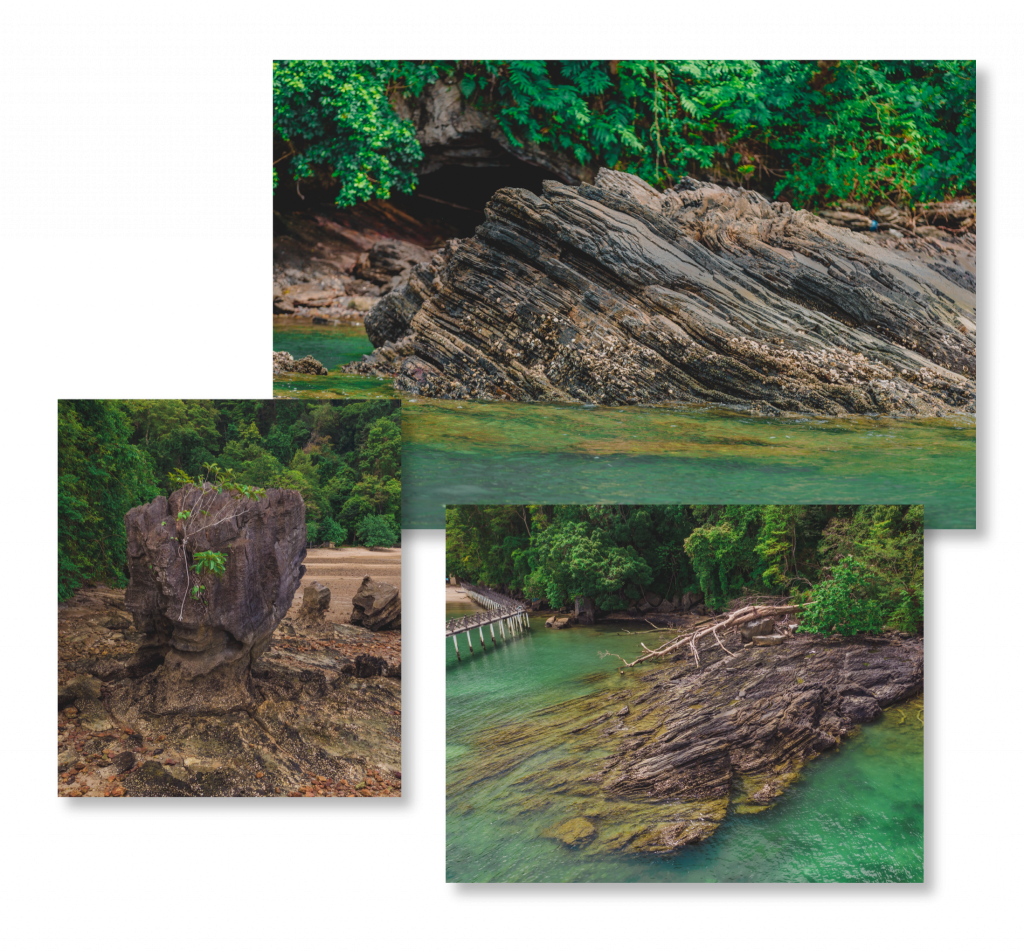
Setul Formation
- Age: 490–370 million years old (Ordovician to Silurian period).
- Location: Eastern Langkawi, near Kubang Badak and Teluk Mempelam.
- Description: Made of limestone and sandstone, this formation shaped Langkawi’s stunning karst landscapes, including caves and sea arches.
- Cool Fact: The majestic caves with stalactites and stalagmites come from this rock’s erosion over millions of years.
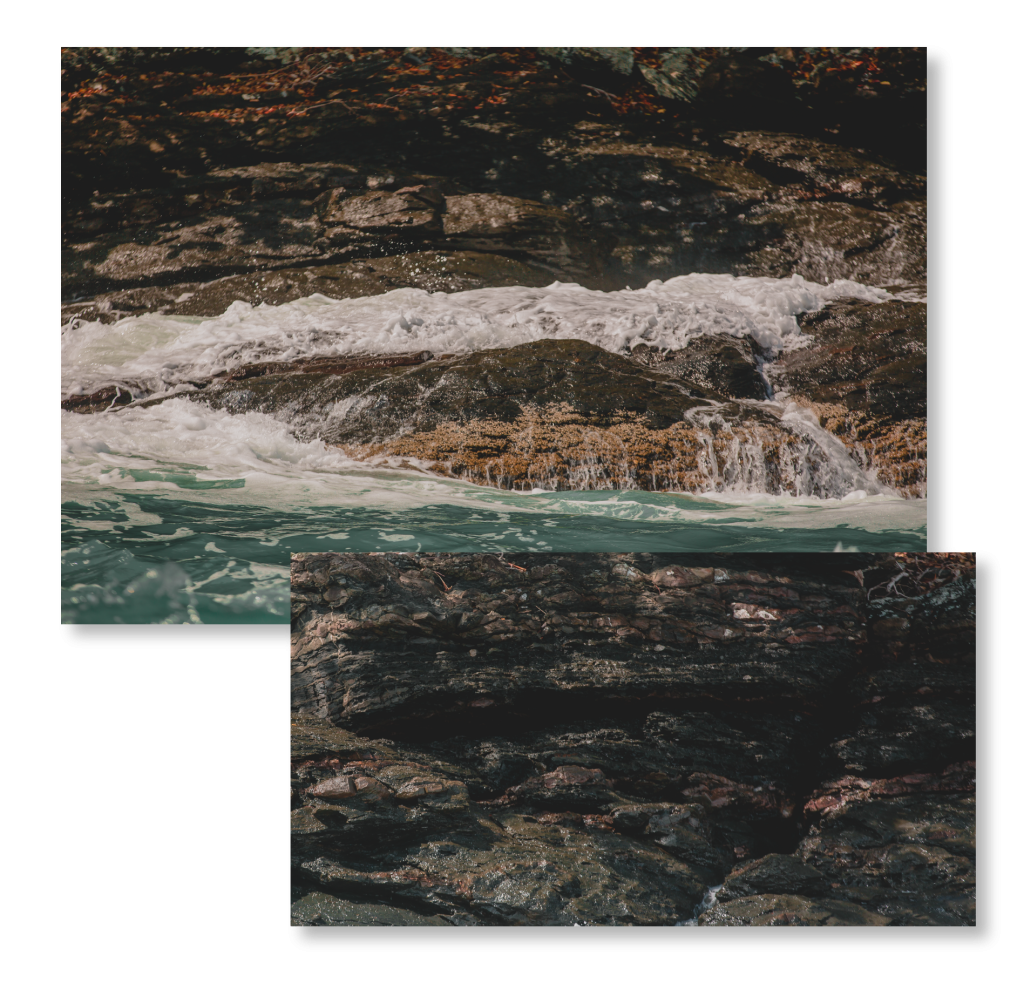
Singa Formation
- Age: 350–290 million years old (Devonian to Permian period).
- Location: Found in areas like Sungai Itau and Batu Asah.
- Description: This dark siltstone and mudstone tell a story of a cold, shallow sea. It even holds dropstones—rocks carried by ancient glaciers!
- Cool Fact: Fossils here, like brachiopods, show Langkawi’s connection to the Gondwanaland seas.
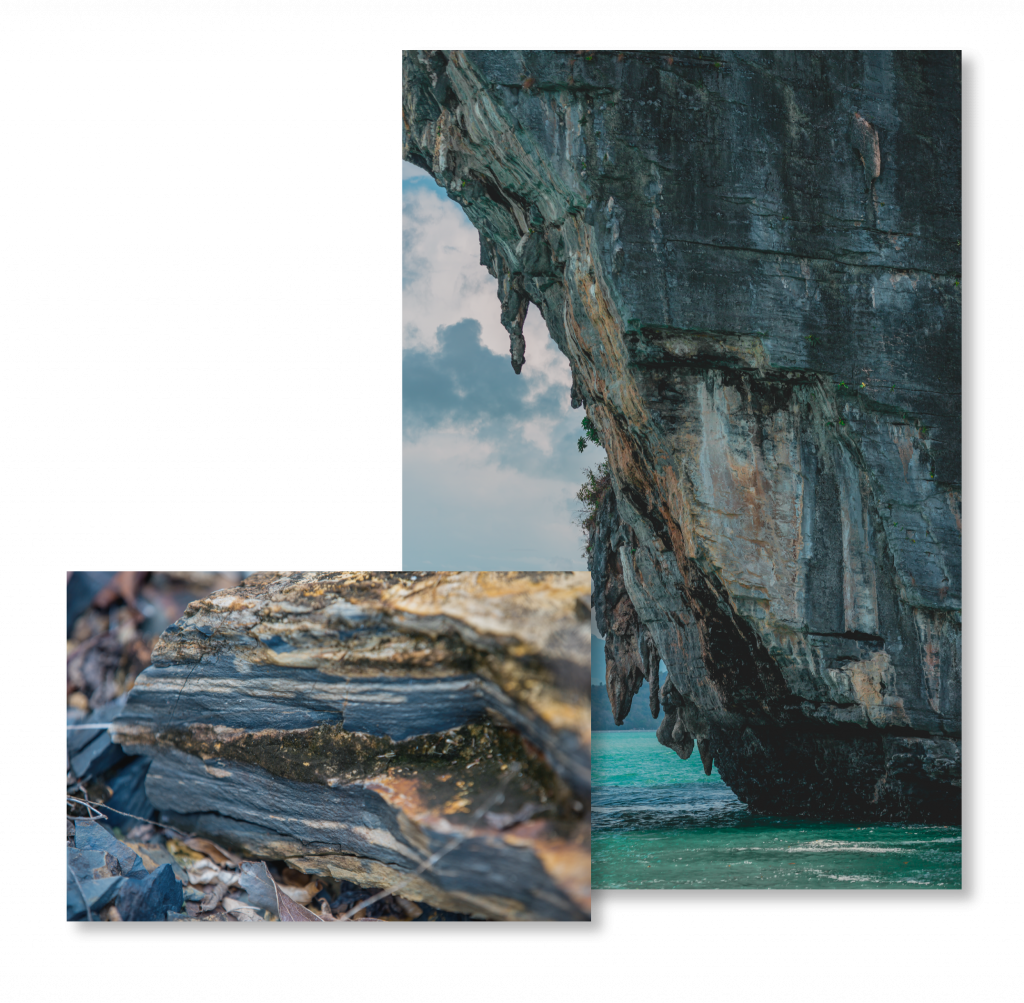
Chuping Formation
- Age: 290–250 million years old (Permian to Triassic period).
- Location: Near Tasik Dayang Bunting and Pulau Jong.
- Description: Thin layers of limestone that sometimes transform into marble. This formation also boasts rich fossil beds.
- Cool Fact: The famous Lake of the Pregnant Maiden (Tasik Dayang Bunting) lies in a collapsed cave from this formation.
The Granite Giants of Langkawi
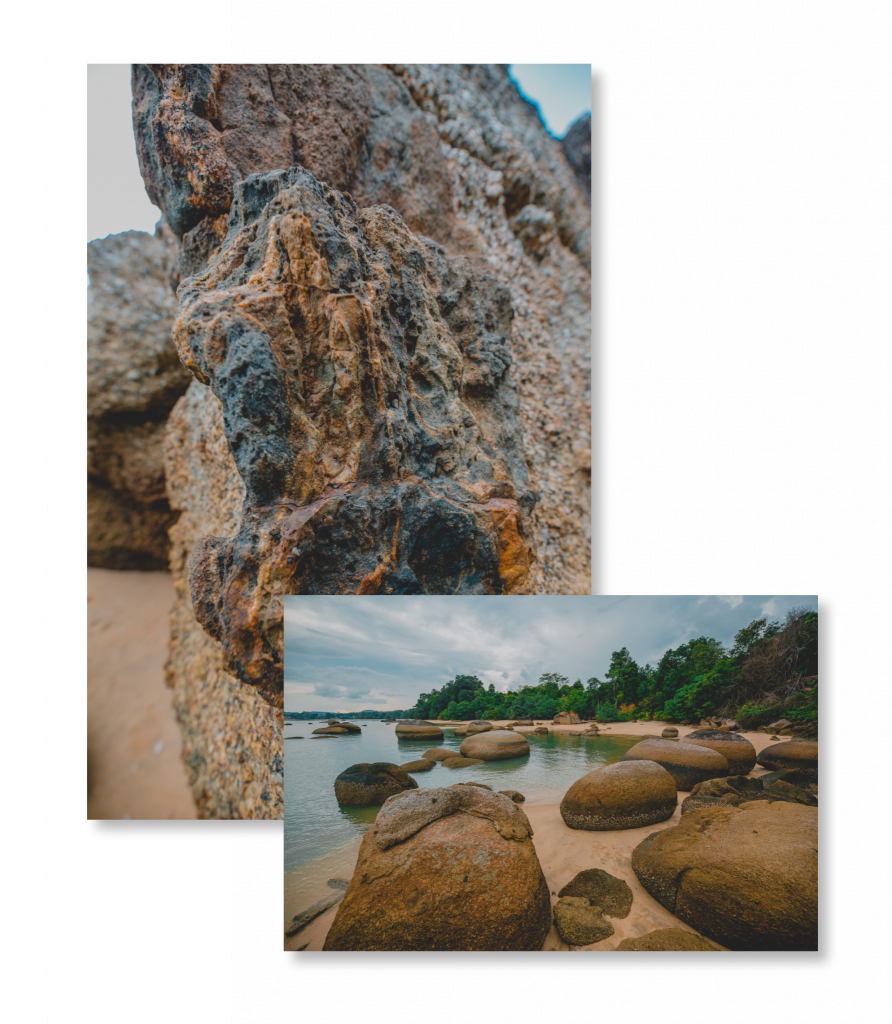
Gunung Raya Granite
- Age: Around 230 million years old (Triassic period).
- Location: Gunung Raya and Bukit Sawak.
- Description: These tough granites were formed deep underground and later pushed up by tectonic forces.
- Cool Fact: Features like Telaga Tujuh Waterfall and Teluk Yu Granite Tors were shaped by the slow weathering of this granite.
